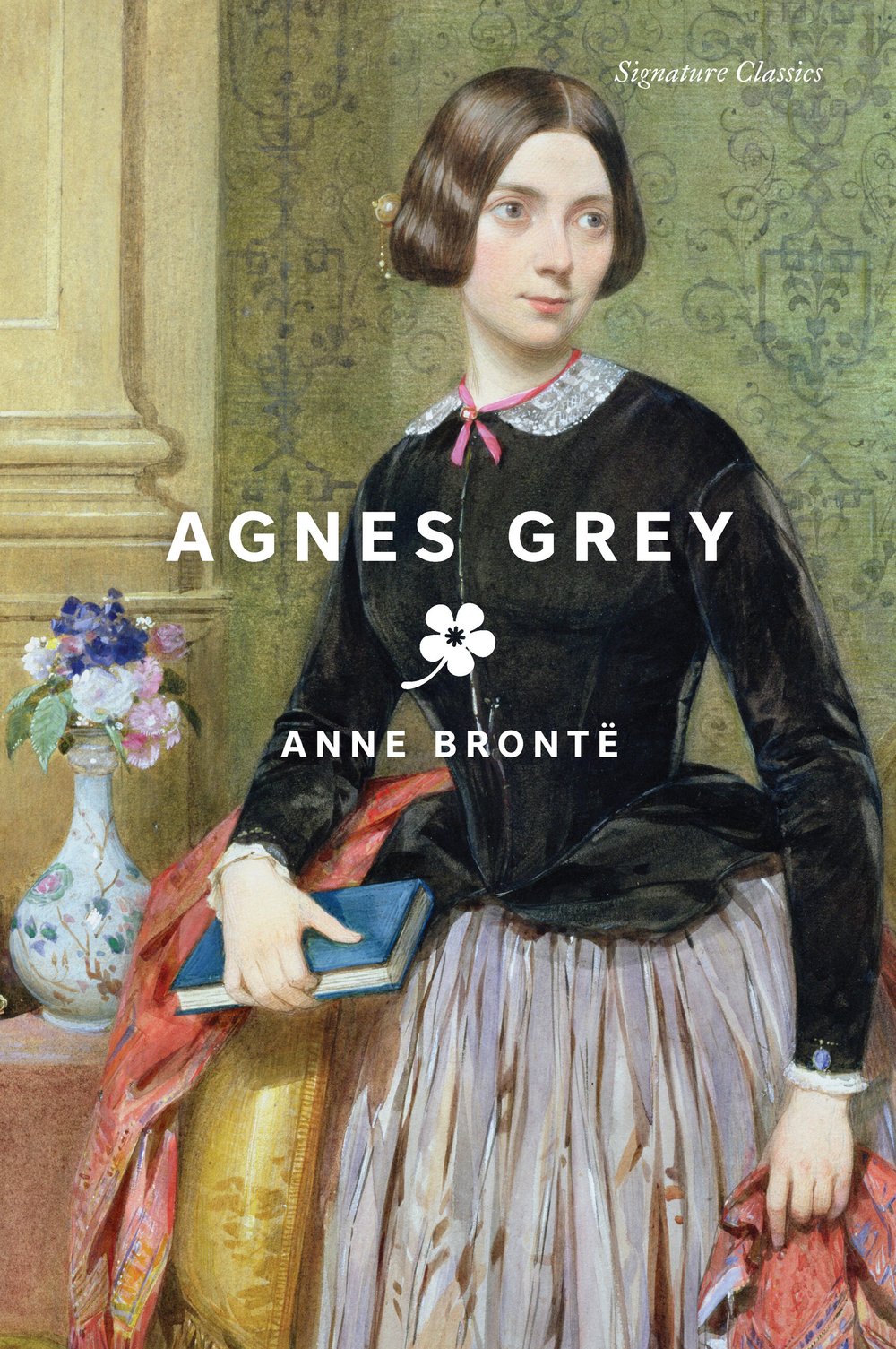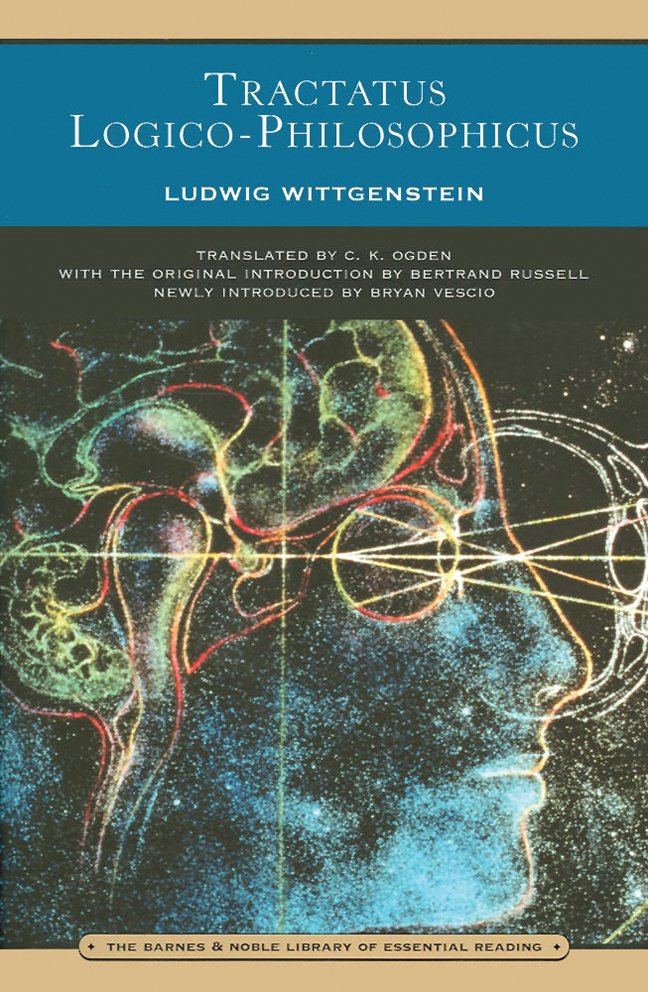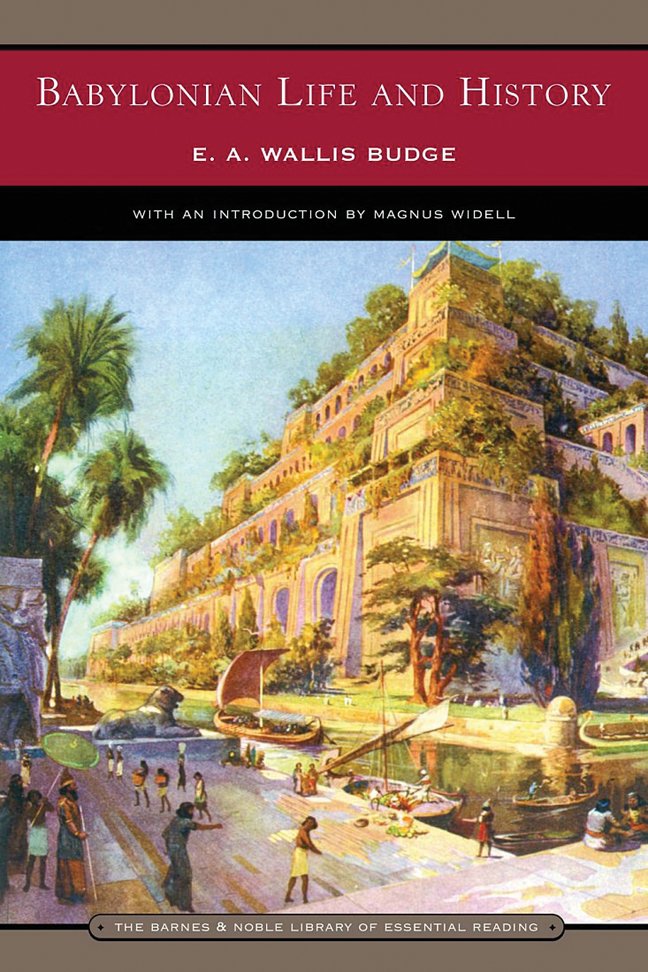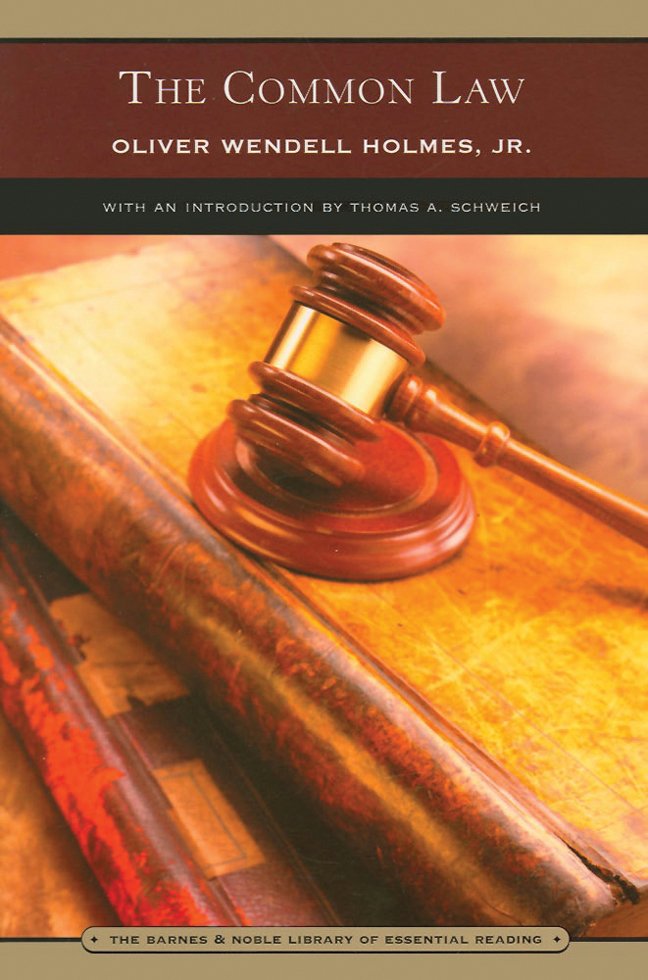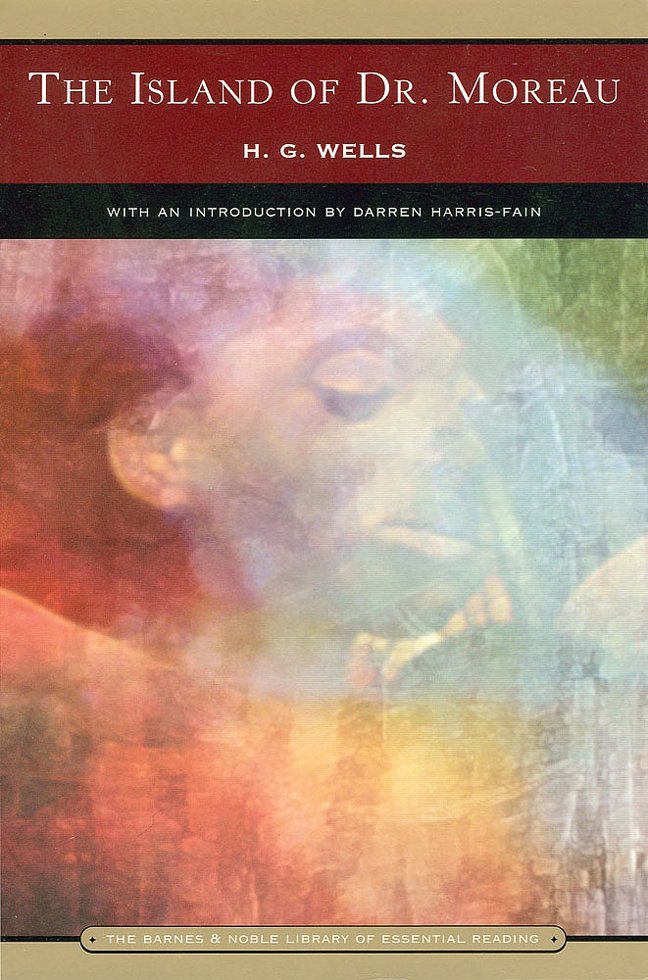The Tenant of Wildfell Hall (Barnes & Noble Library of Essential Reading)
In The Tenant of Wildfell Hall, Anne Brontë chronicles the disillusionment, heartbreak, and final devastation of an intelligent woman who falls in love with a rake. She flees her disastrous marriage and sets up as a professional artist—a highly unusual and daring step for a woman of her time. Brontë’s message remains relevant in a time when the dangerous lover—not unlike the dark and mesmerizing Heathcliff and Rochester respectively of Emily Brontë’s Wuthering Heights and Charlotte Brontë’s Jane Eyre—still lurks in romance narratives, and the belief in the beautiful illusion of saving the lost soul through love retains its seductive power.
Born in West Yorkshire in 1820, Anne Brontë was the youngest child in a family whose story became legendary. By the time Anne was five she had witnessed the deaths of her mother and her two eldest sisters. At nineteen, she left to become a governess, but was dismissed for tying the two children to a table leg so that she could have the space to write; the experience led to the novel Agnes Grey (1847). At her next stint as a governess, she observed examples of an idle and morally lax gentry, which informed her novel The Tenant of Wildfell Hall. After leaving this position in 1845, Anne lived at home for four years, publishing a book of poetry with her sisters. A year after Emily and their brother Branwell died from tuberculosis, Anne too died of tuberculosis, at the age of twenty-nine.


